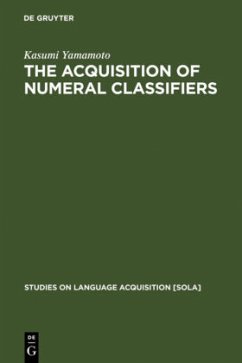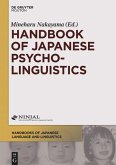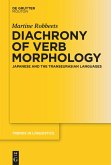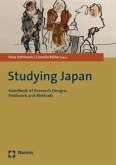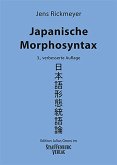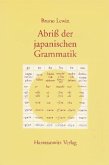This book is about the numeral classifier system and the acquisition of Japanese classifiers by Japanese children. It consists of three parts. First, it provides a general typological characterization of numeral classifier phrases and discusses the semantic properties of numeral classifiers based on an analysis of four languages from four different language families. Second, it extensively reviews classifier acquisition research from eight different languages. Third, it examines the acquisition of numeral classifiers by Japanese preschool children. The importance of the study is that it reveals that young children have a much greater sensitivity to the conceptual underpinnings of the numeral classifier system than was previously considered to be the case.
The book is about the numeral classifier system and the acquisition of Japanese classifiers by Japanese children. It consists of two parts. First, it provides a general typological characterization of numeral classifier phrases and discusses problems in determining what constitutes the nature of classifiers. It also discusses the semantic properties of numeral classifiers based on an analysis of four languages from four different language families. Second, it examines the acquisitions of Japanese numeral classifiers by Japanese preschool children, ages 3 to 6, with a primary emphasis on the development of comprehension. The importance of the study is that it reveals that young children have a much greater sensitivity to the conceptual underpinnings of the numeral classifier system than was previously considered to be the case. The research results also provide a converging source of evidence that young children often come to initially grasp the structure of the world in ways that are better understood in cognitive than perceptual terms. The implications will contribute to not only the area of language acquisition but also categorization and conceptual development.
The book is about the numeral classifier system and the acquisition of Japanese classifiers by Japanese children. It consists of two parts. First, it provides a general typological characterization of numeral classifier phrases and discusses problems in determining what constitutes the nature of classifiers. It also discusses the semantic properties of numeral classifiers based on an analysis of four languages from four different language families. Second, it examines the acquisitions of Japanese numeral classifiers by Japanese preschool children, ages 3 to 6, with a primary emphasis on the development of comprehension. The importance of the study is that it reveals that young children have a much greater sensitivity to the conceptual underpinnings of the numeral classifier system than was previously considered to be the case. The research results also provide a converging source of evidence that young children often come to initially grasp the structure of the world in ways that are better understood in cognitive than perceptual terms. The implications will contribute to not only the area of language acquisition but also categorization and conceptual development.
